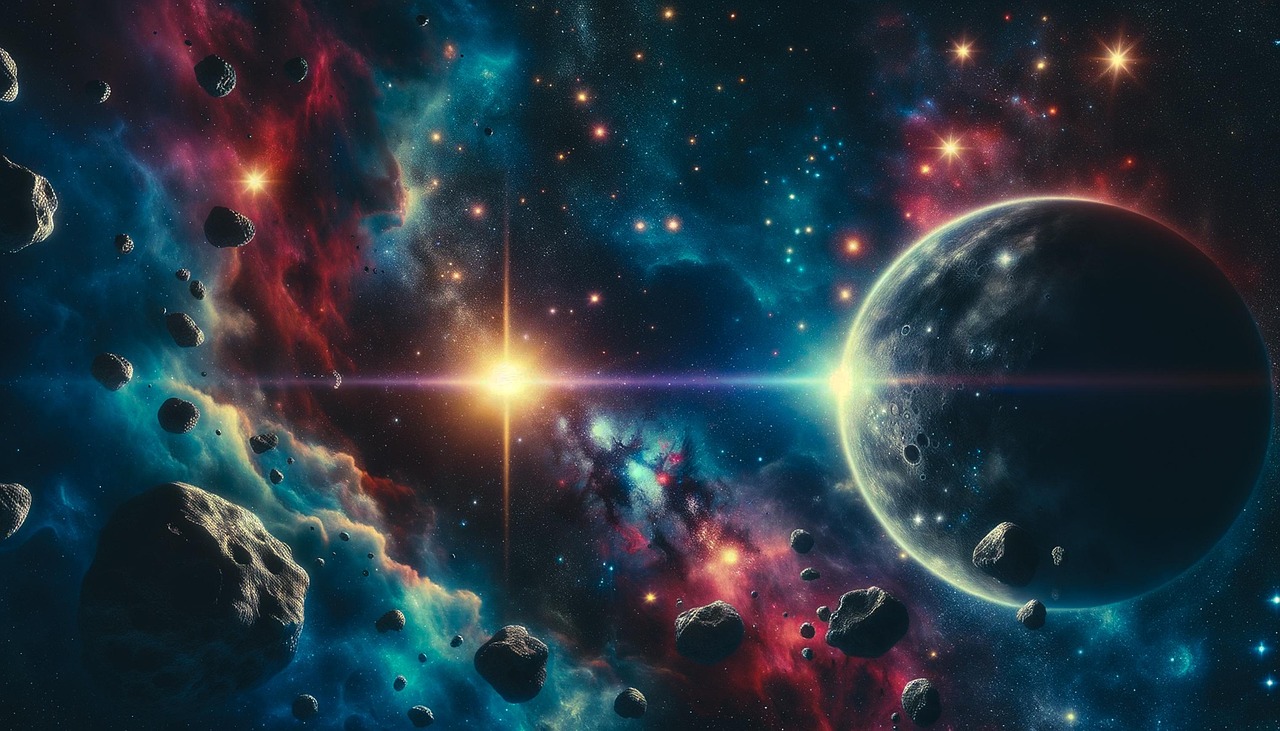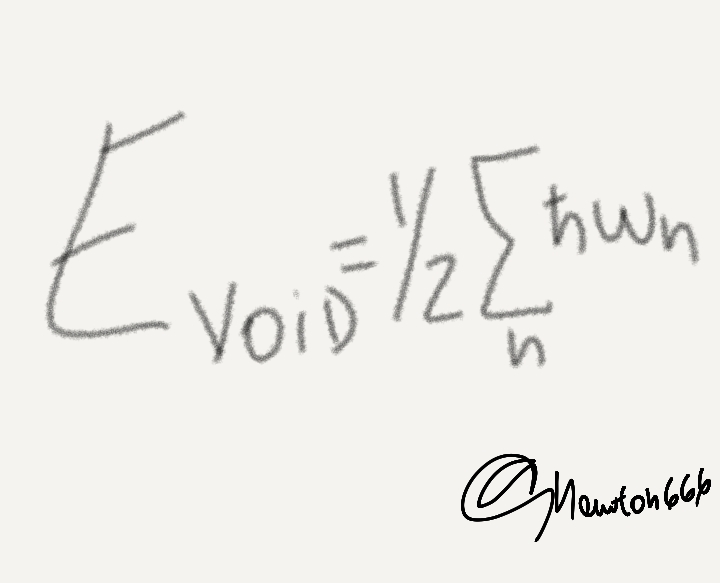.jpg)
Pixabay
The void contains energy; over time, various studies have shown brief changes and ghost-like particles that appear in and out of existence, like ghosts in the cell, imaginable or invisible, but it is like the wind.
In science, my dear readers, the void is characterized by its force and its mass per unit volume. Quantum physics explains the quantum vacuum, the lowest energy condition where, in a contradictory sense, there is no stillness, but activity. In that place, ephemeral particles emerge and disappear before they are observed.
Since seeing things like the Casimir effect, researchers have discovered a tranquil force: when two sheets of metal are placed close to each other in a vacuum, they attract each other not because of their power, but because of a force that arises from the vacuum, without contact, without matter, only because of the existence of space between two objects, which is where I say this quantum information blows our minds.
However, when we think about measuring empty space, it's not just about measuring tranquility, but also about understanding how time and the concepts of area work. Focusing on Einstein's theory of general relativity, it revealed that space-time isn't just a passive stage; it's a fabric that bends, expands, and shrinks when energy is present, the vacuum, with its stable, dark energy, contributes to the cosmic interplay: it accelerates the growth of the universe and changes the time interval between stars.
In this way, the vacuum isn't a boundary, but a determining factor in the universe. Just think of space, where nothing behaves like something: It would be the unwritten equation beyond any galaxy. To measure it is to look between the lines, since to understand it is to accept that even in the absolute solitude of the cosmos, laws, vibrations, and perhaps memory exist.
Because, and I express this more as a poet than as a scientist, if emptiness is the basis of all that exists, then this is not a lack, but a potential; it is not a loss of memory, but an opportunity for greater knowledge.
The vacuum is not a memory loss. In traditional physics, we used to think of it as complete nothingness. Because at the edge of quantum mechanics, we learned to be both frightened and fascinated by its enigma: nothingness is an animated situation, where the invisible shakes with endless possibilities, it is the rupture between tiny bits, the silent hope of the cosmos.
In the fascinating world of quantum physics, the vacuum is not really empty; its energy can be measured, and that has an enormous impact. It influences the expansion of the universe, transforms the structure of space-time, and could help us unravel the mystery of dark matter, which we still don't fully understand.
The formula for the quantum vacuum: Zero-Point Energy
Vacuum energy, measured per unit volume, is ideally described as the sum of the different oscillation modes of the quantum field. In the field of quantum field theory, this vacuum energy is fundamental.
Where:

ℏ is the reduced Planck constant,
𝜔𝑛 is the angular frequency of each quantum mode of the field,
𝑛 the sum runs through all possible modes.
This phrase, at first glance, is the origin of events like the Casimir effect, where two parallel metal sheets placed in a vacuum are joined together. Not because of a gap, but because the vacuum changes, applying force so that certain vibrations between the plates cannot be maintained.
Relativity showed us that space-time can be shaped; that gravity is not a force in itself, but a shape determined by energy, empty space, filled with dark energy and always present, also changes time. Extend it through distant star systems. I reduce it to the limits of weight. That's where Everlasting and the fleeting are linked.
I affirm that in this situation, my friends, the only term is that we now understand that the energy of this vacuum constitutes approximately 68% - 70% of the total energy of the universe. It is, ironically, the most abundant. What surrounds us when "nothing" surrounds us.
Bibliographic Reference
Electrotechnology by Ramon Ma Mujal Rosas, 2004.
Determination of some fundamental physical constants without complex equipment by Velasco Maíllo, Santiago, Mazo Vivar, Alejandro del, 2024.
General Physics by Pérez Montiel, Héctor, 2020.